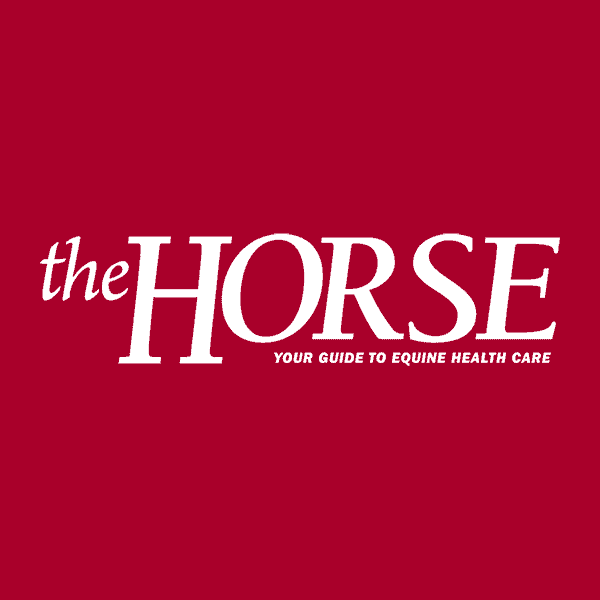Disease Conditions in Geriatric Horses
This report discusses diseases diagnosed in horses 15 years of age and older presented to the University of Kentucky Livestock Disease Diagnostic Center for necropsy examination. A total of 817 horses 15 years of age or older were necropsied
- Topics: Article, Horse Industry News
This report discusses diseases diagnosed in horses 15 years of age and older presented to the University of Kentucky Livestock Disease Diagnostic Center for necropsy examination. A total of 817 horses 15 years of age or older were necropsied between January 1994 and July 1999. Fifty-four percent were 15-19 years of age, 33% were 20-24 years, 9% were 25-29, and 4% were 30 years and older. The oldest equine was a 45-year-old pony and the oldest horse was a 42-year-old mixed breed. In the 30 years and older group, one-third (nine of 27) were ponies, while in the 15-19 year age group, only 3% were ponies, suggesting greater longevity for pony breeds.
Many different conditions were diagnosed; however, the majority of diagnoses pertained to the gastrointestinal, musculoskeletal, and reproductive systems, as well as various types of neoplasia. Other, less common diagnoses included diseases affecting the nervous system, liver, heart, and lungs—each group represented approximately 3%-8% of the cases.
Conditions involving the gastrointestinal tract were mainly displacements or twists with strangulation of some portion of the tract, including many cases of rupture of the stomach or bowel. With the common occurrence in older horses of abdominal lipomas (fat tumors) with cord-like stalks, a number of the cases of strangulation were the result of lipomas wrapping around the intestine
Create a free account with TheHorse.com to view this content.
TheHorse.com is home to thousands of free articles about horse health care. In order to access some of our exclusive free content, you must be signed into TheHorse.com.
Start your free account today!
Already have an account?
and continue reading.

Written by:
The Horse Staff
Related Articles
Stay on top of the most recent Horse Health news with















